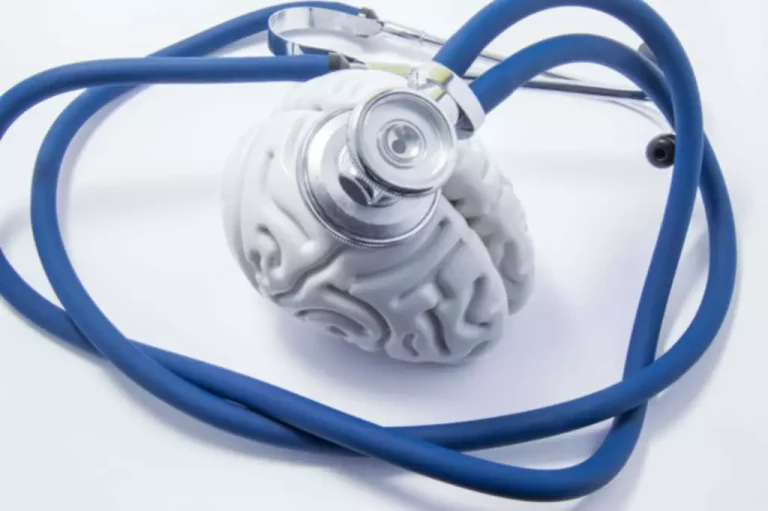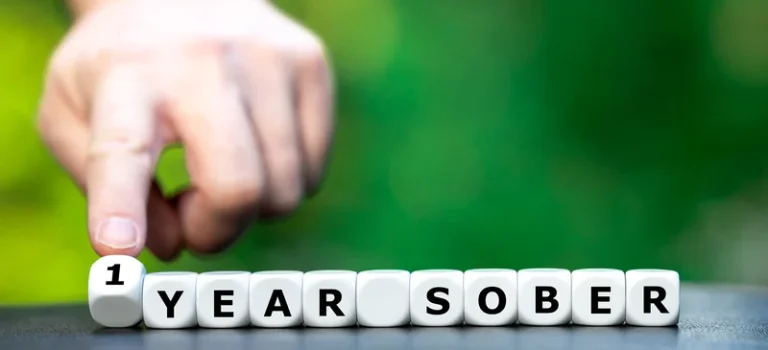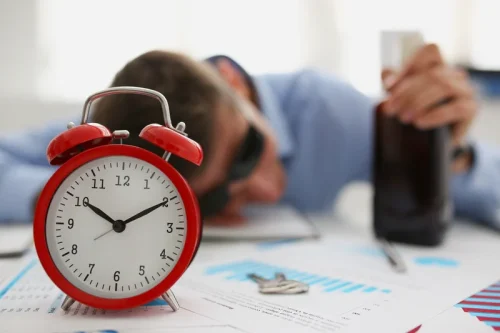
Find out as much as you can about their drug use—what substances they’re using, how often they’re using them, and how they’re getting them. Be clear that the risks of drugs are serious and that drug use will not be tolerated. At the same time, make sure that you reassure your teen that you love them and that you want to help. Marijuana can impair concentration, worsen mental health, interfere with prescription medications, lead to risky sexual behaviors, or contribute to dangerous driving. In addition, teens often don’t know or understand the dangers of substance abuse. They may see occasional use as being safe and don’t believe they could become addicted to drugs or face consequences.
Why Do So Many Youth Drink?
Using cocaine can lead to heart attacks, lung problems, strokes, seizures, and coma. In addition to managing a successful family medical practice, Dr. Hoffman is board certified in addiction medicine by the American Osteopathic Academy of Addiction Medicine (AOAAM). Dr. Hoffman has successfully treated hundreds of patients battling addiction. Dr. Hoffman is the Co-Founder and Chief Medical Officer of AddictionHelp.com and ensures the website’s medical content and messaging quality.
Identifying Signs of Teenage Alcoholism in Your Child

Doctors diagnose alcohol use disorder (AUD) when a person has two or more of the symptoms listed below. “Simply put, the risk to health at exposure levels in United States drinking water is sufficiently high to trigger regulatory response by the EPA” under federal law, he wrote. Do not dispose of medications by flushing them down the toilet or pouring them down the sink. Medications can be crushed and mixed into the trash (to keep them away from children and pets) or returned to your local pharmacy or community drug take-back program. The American Academy of Pediatrics (AAP) recommends that teens be screened at each annual medical exam appointment with questionnaires that ask them about substance use and their knowledge of the risks.
- Open communication starts by showing an interest in and talking to your teen about everything.
- The fact that a person can die of alcohol poisoning must outweigh any embarrassment, pain, guilt, or concern for legal consequences.
- Using inhalants even once can lead to overdose, suffocation, seizures, and death.
- The most effective teen rehab for alcoholism involves identifying the root causes of the abuse.
- Due to inexperience with alcohol, generally lower aversion to risk, and susceptibility to peer pressure, teenagers have a substantially higher risk for binge drinking than most other age groups.
Effects of alcohol overdose and withdrawal
Theories suggest that for certain people drinking has a different and stronger impact that can lead to alcohol use disorder. Experimenting with drugs or alcohol is tempting for teenagers because they may not know or understand the dangers of using substances—even just once. Academic pressure, low self-esteem, and peer pressure are just a few factors that increase their risk of substance use. Therefore, it is imperative that you seek professional help when going through the detox process and continue to engage with healthcare professionals throughout your treatment and rehabilitation.

A large cup of beer, an overpoured glass of wine, or a single mixed drink could contain much more alcohol than a standard drink. Consider connecting online, through social media, or by phone or mail. Having only a couple of symptoms—which you might not consider trouble signs—can signal a drinking problem. “In our view, the only effective way to eliminate the risk from adding fluoride teenage alcoholism chemicals to water is to stop adding them,” said Michael Connett, the plaintiffs’ lead attorney, in an email Wednesday. The lead plaintiff was Food & Water Watch, a not-for-profit environmental advocacy organization. Chen paused the proceedings in 2020 to await the results of the National Toxicology Program report, but he heard lawyers’ arguments about the case earlier this year.
Where to learn more and find support
The annual rate of opioid overdose deaths for those aged 15 to 24 years is 12.6 per 100,000 people. If you see signs that suggest alcohol poisoning in anyone including a teen, you should call 911 immediately. The fact that a person can die of alcohol poisoning must outweigh any embarrassment, pain, guilt, or concern for legal consequences.

Regardless of the program you choose, treatment should always start with a physical, as well as mental health assessments and chemical use history, to determine the appropriate level of care. Given the right treatment and support, adolescents struggling with a substance use disorder can move into happy, healthy, productive lives. Other studies have shown that alcohol use tends to increase with age during adolescence, with older teens more likely to drink and engage in heavy or binge drinking. The first stage involves access to alcohol rather than the use of alcohol, tobacco, inhalants, or other drugs. In that stage, minimizing the risk factors that make a teenager more vulnerable to using alcohol is an issue. The second stage of alcohol and other drug use ranges from experimentation or occasional use to regular weekly use of alcohol, tobacco, inhalants, or other drugs.
She’s passionate about empowering readers to take care of their mental and physical health through science-based, empathetically delivered information. Although any teen is susceptible in abusing alcohol, there are certain groups of individuals that may be at more risk than others. Evaluate whether you recognize any of the following symptoms in yourself.
How alcohol use disorder develops

Binge drinking impacts the body, creating uncomfortable symptoms like vomiting, hangovers, headaches, and low energy. Sadly, 45% of 9th graders, 50% of 10th graders, 58% of 11th graders and 65% of 12th graders admit to binge drinking at least once. It can be hard to recognize the subtle signs of teenage alcoholism, especially when it’s your own child. But research has shown that as many as 78% of high school kids have tried alcohol.
How effective are residential treatment centers for teens suffering from anxiety and mild substance abuse?
There are studies to indicate that medications that treat seizures, like gabapentin (Neurontin) and topiramate (Topamax), can help reduce drinking in individuals with alcoholism. However, there is little data about the use of these medications for the treatment of alcoholism in people under 18 years of age. Some of the signs of alcohol abuse in young adults include lateness, bad attendance, and low grades at school.
